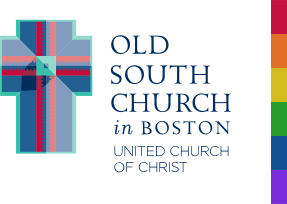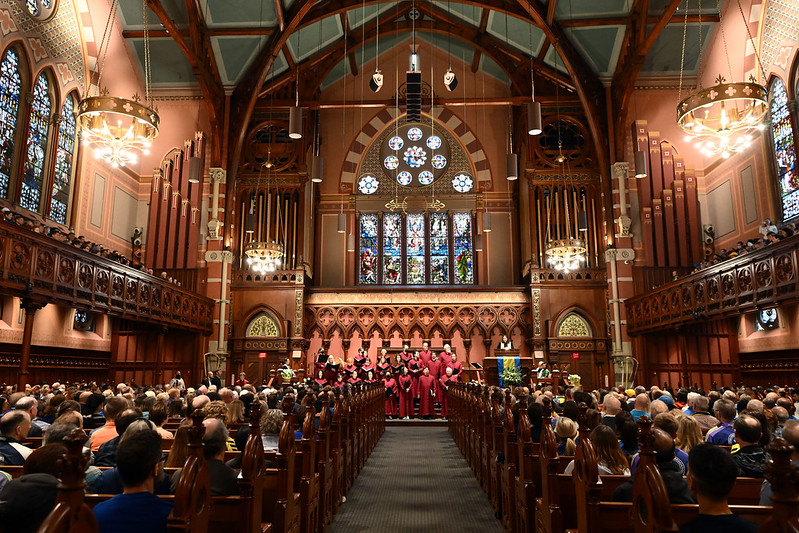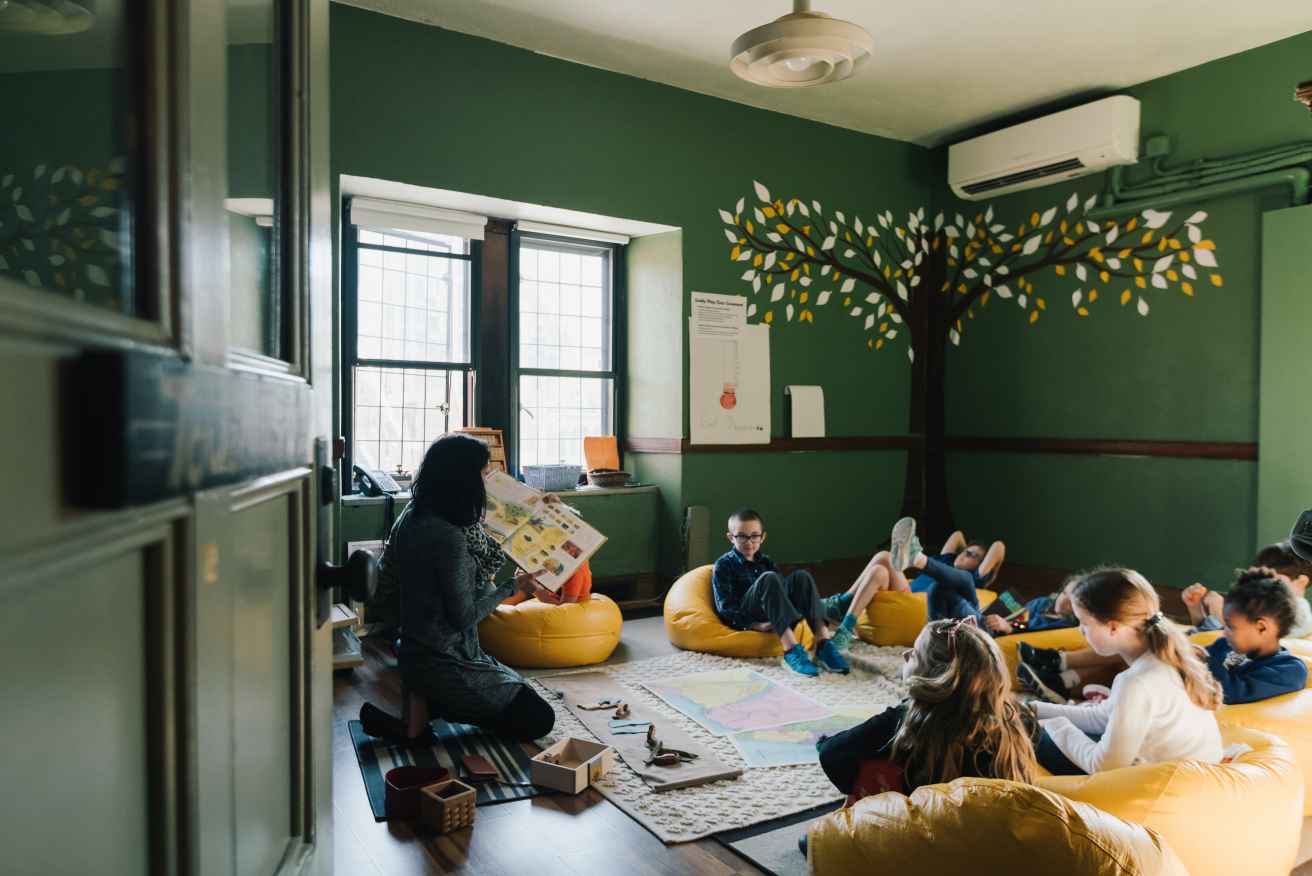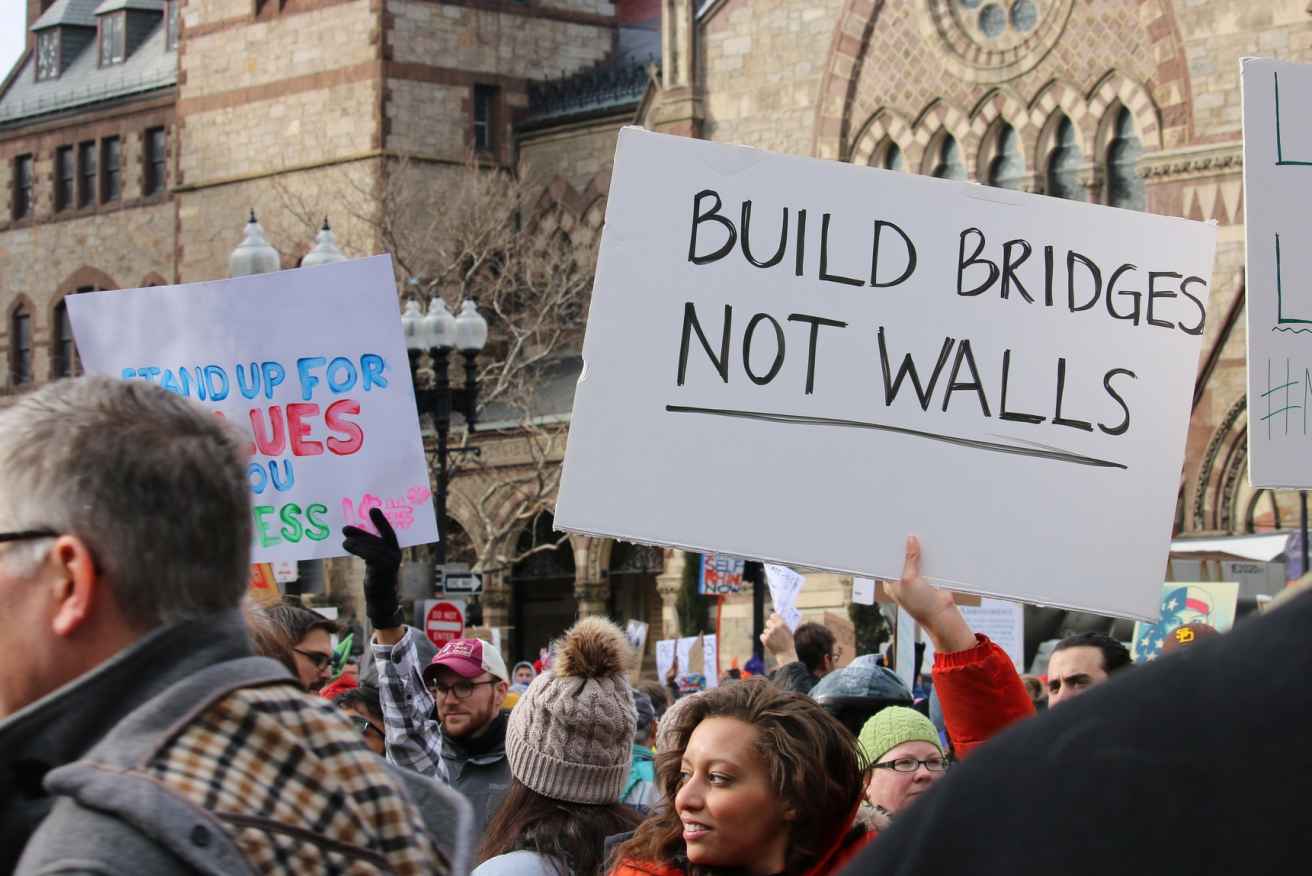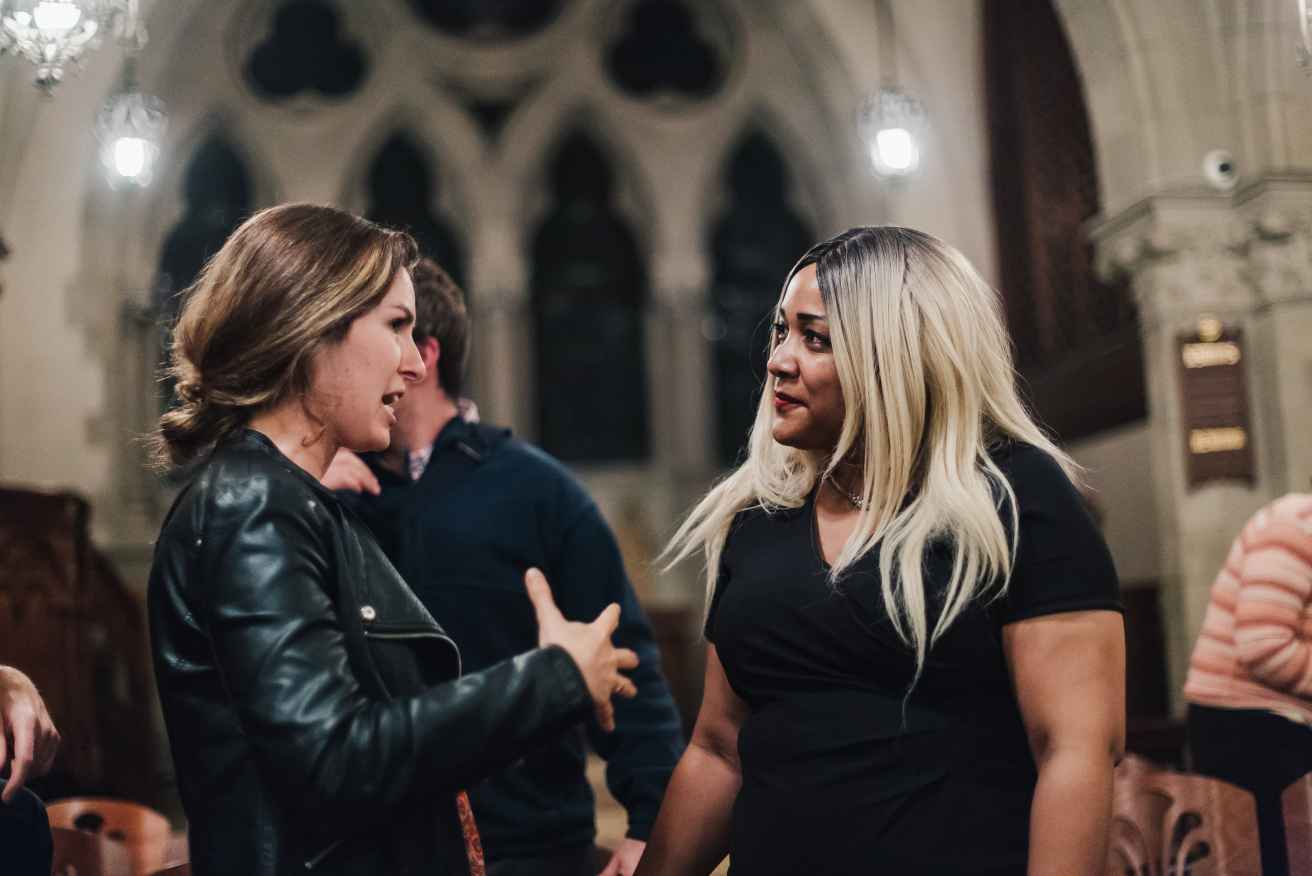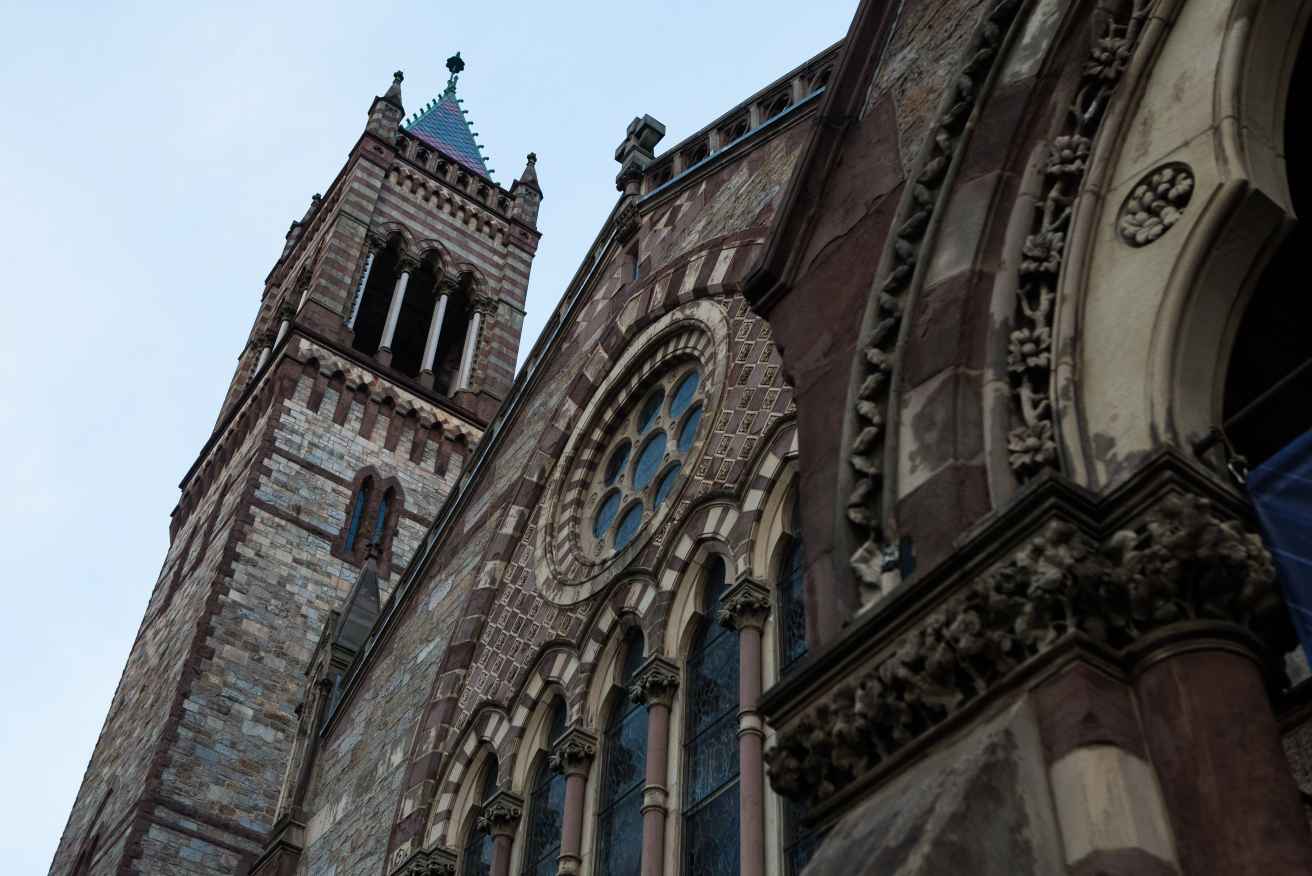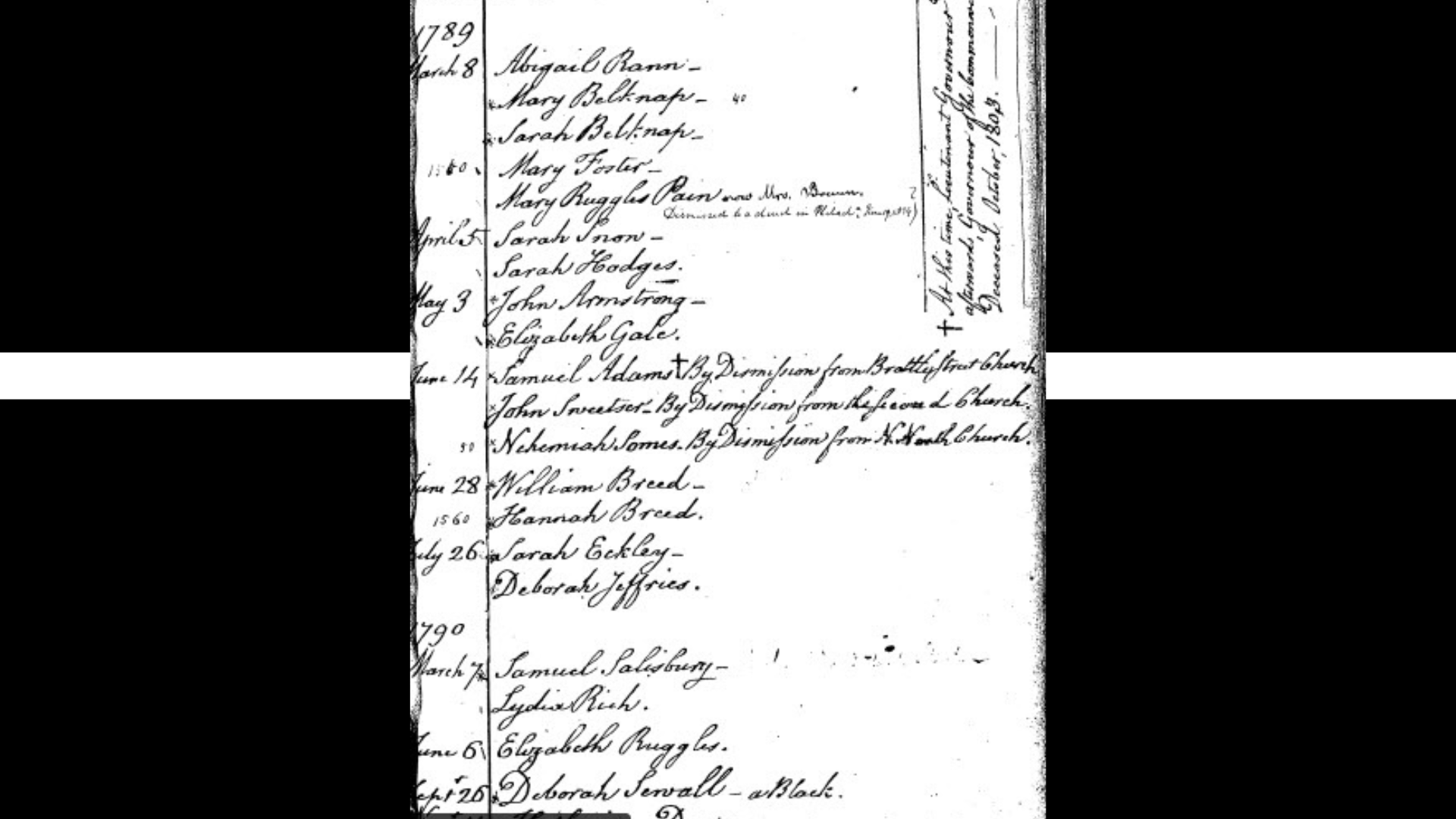A few months ago, I came across a scanned image of an Old South membership record from 1789. On July 14th of that year, 66-year old Samuel Adams Jr became a member of the Old South Church. The membership record indicates that he had transferred his membership from the Brattle Street Church. This was a surprise to me. I had always assumed that Samuel Adams was a life-long member of Old South because of his family’s long involvement with the church. His parents had been members before him, and his grandfather and great-grandfather were founding members of the Old South Church in Boston in 1669 (Stoll, 2008).
Samuel Adams appears to have had three spiritual homes throughout his lifetime. Mr. Adams’ father (also named Samuel Adams) was one of the founders of what was then known as “New South Church.” According to biographer Ira Stoll, Samuel Adams Sr. helped start “New South Church” in 1715 because he felt that Old South had become too crowded. Consequently, the younger Samuel Adams was baptized there, and he eventually married Elizabeth Checkley, the daughter of the minister at New South Church (Stoll, 2008). Once I learned about his strong connections with the New South Church, I was even more curious as to why young Samuel Adams chose to join what was then known as the Brattle Street Church when he was twenty years old.
While I was not able to find a definitive reason for why Adams chose to join the Brattle Street Church, biographer Ira Stoll offers some clues. Stoll notes that Samuel Adams heard George Whitfield preach at the Brattle Street Church in 1740, so the church may have sparked his interest at that point. Moreover, as his revolutionary fervor grew, he would have found himself in the company of like-minded people at the Brattle Street Church. His cousin John Adams worshiped there when he was in Boston. His friend John Hancock was a member of the church, and the minister Samuel Cooper was, like Samuel Adams, a charismatic patriot (Stoll, 2008).
Neither of the two biographies I read or Hamilton Hill’s volume shed any light as to why Samuel Adams ultimately chose to transfer his membership to Old South in 1789, but I did find an article that offers a possible clue as to why he might have left the Brattle Street Church. In an article titled “Religion and the American Revolution: Samuel Cooper and the Brattle Street Church,” the author Charles Akers describes the Brattle Street Church as a church that attracted and catered to wealthy members. He estimates that a quarter or more of the town’s wealth was concentrated in this one congregation. In one of his sermons, Cooper preached that “Religion is a friend to outward prosperity. (Ackers, 1978, p. 480).” This philosophy would not have appealed to Samuel Adams. In a letter that he wrote to John Adams in 1785, Adams lamented that Bostonians were becoming too focused on material wealth (Stoll, 2008). While we may never know exactly why Samuel Adams transferred his membership to the Old South Church, the material wealth of the Brattle Street Church members may have had something to do with that decision.
While it took Samuel Adams 66 years to become an official member of his grandfather’s church, he quickly became an active member. According to the Reverend Nancy Taylor, Samuel Adams found the time to represent the Old South Church at ecclesiastical councils in Roxbury and New Hampshire. He was also an active choir member and he selected the tunes to match the day’s Psalms. A faithful church goer, he rarely missed a sunday (Taylor, 2012). Old South was blessed to have him as a member for the remainder of his life.
References:
Akers, C. W. (1978). Religion and the American Revolution: Samuel Cooper and the Brattle Street Church. The William and Mary Quarterly, 35(3), 477-498. 10.2307/1921660
Stoll, I. (2008). Samuel Adams: A Life. New York : Free Press.
Taylor, N. S. (2012). Singing in a Revolution: A Sermon by Nancy S. Taylor Preached on October 28, 2012 at the Old South Church in Boston.
